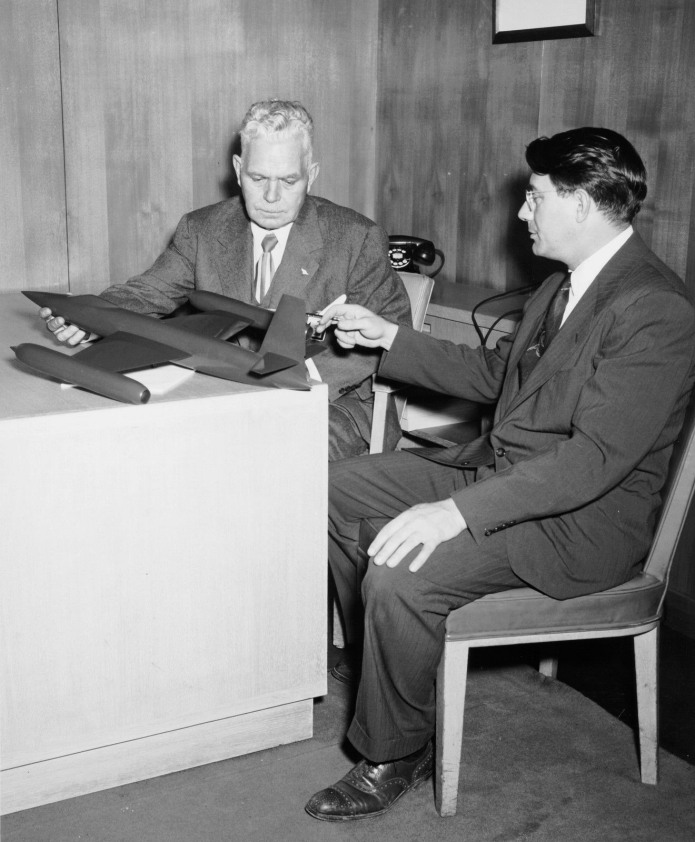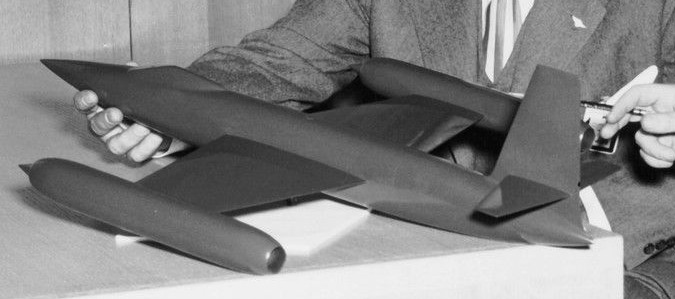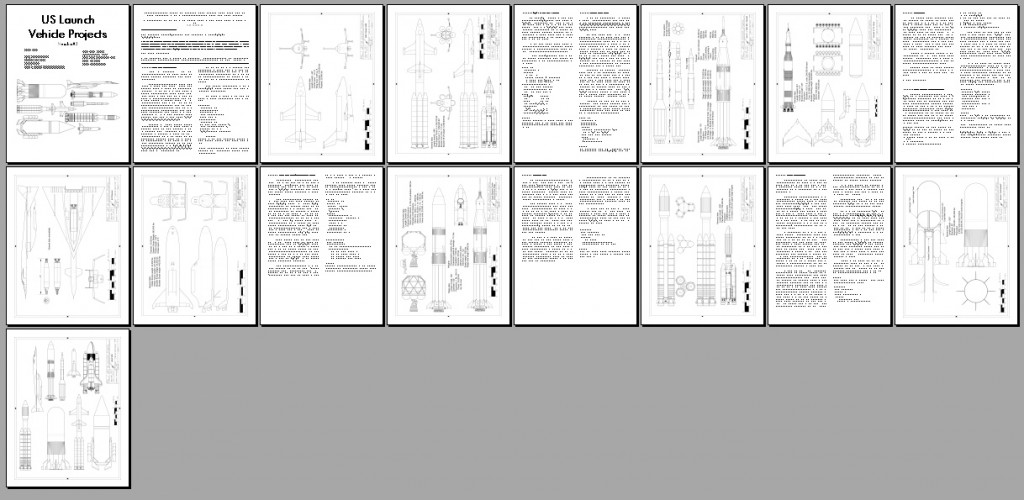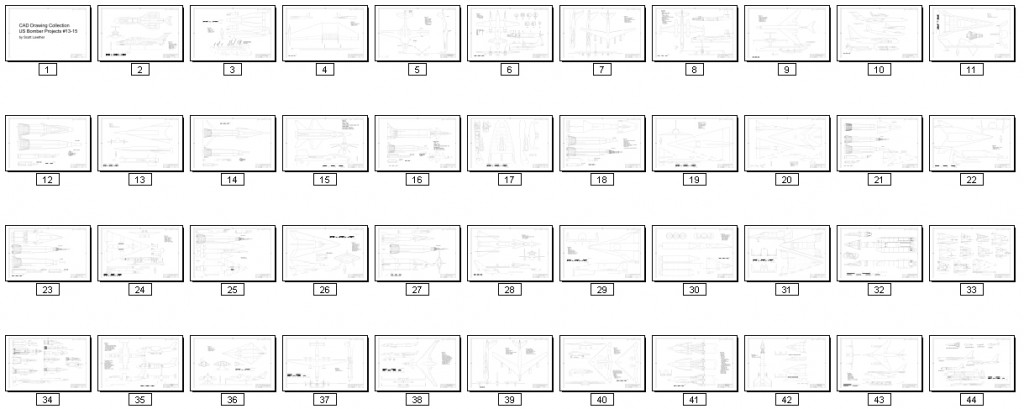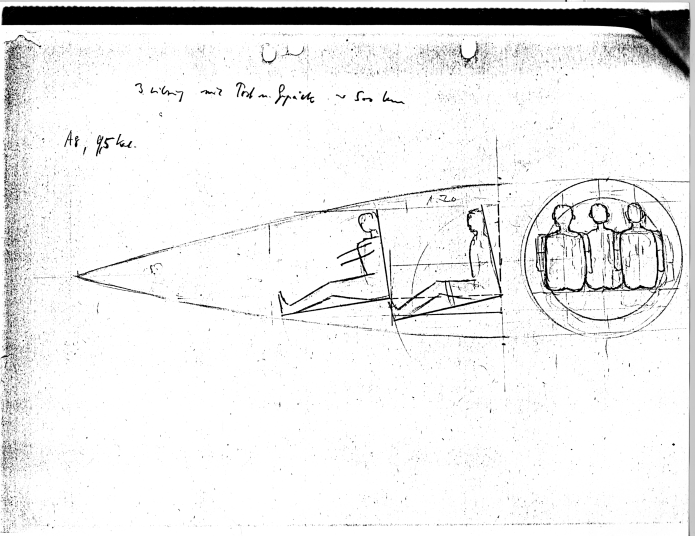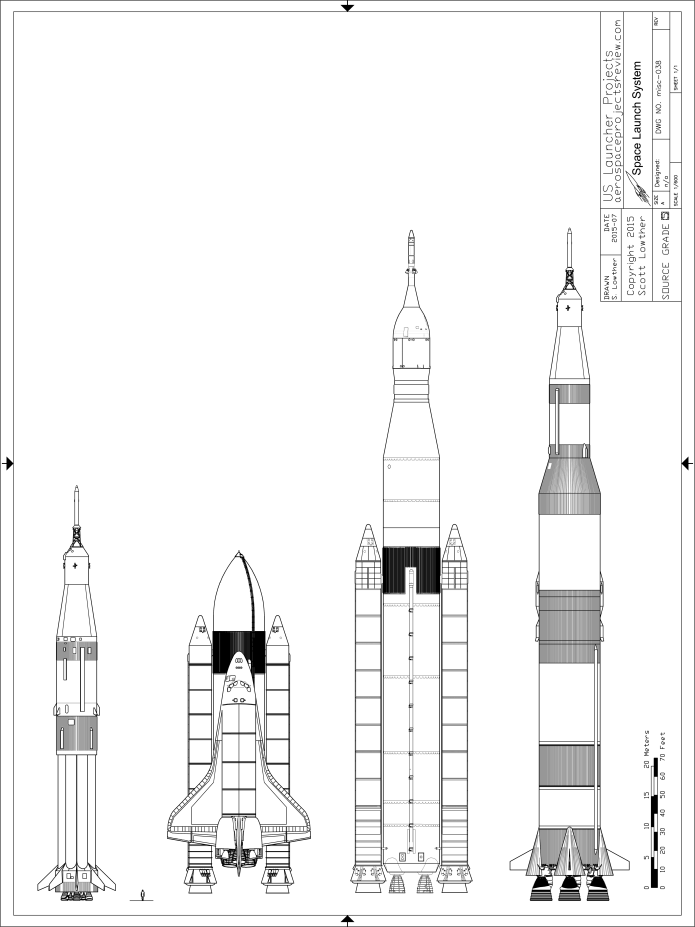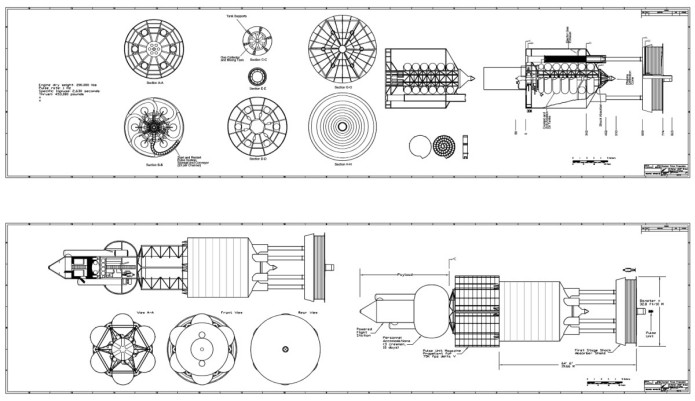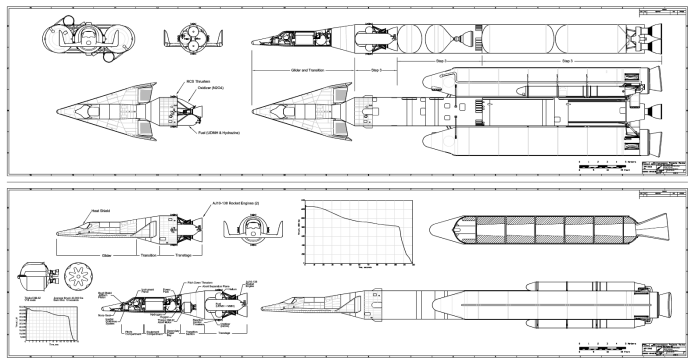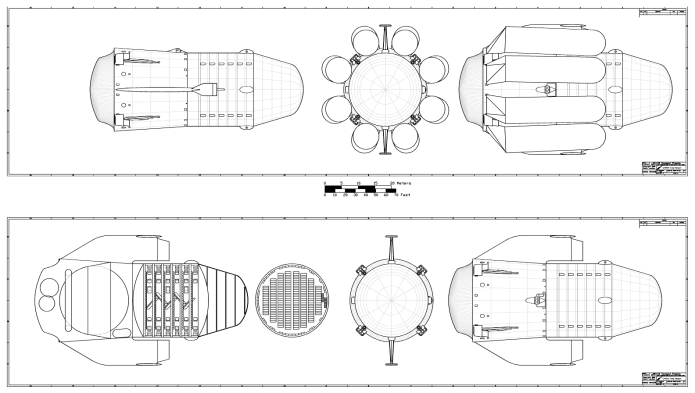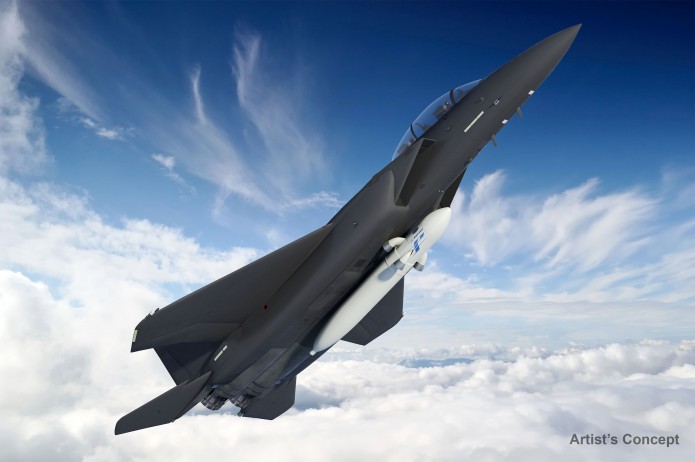OK, so I wrote about the “Have Sting” orbital railgun, and produced some provisional diagrams of it, publishing them in US Space Projects #3. A blog article was written for War Is Boring discussing “Have Sting,” based in no small part on my diagrams. OK, so far so good. But then other blogs start writing about Have Sting, and an error is introduced.
Whenever a blog post links to my blog, a “pingback notification” is sent to my blog dashboard. I’ve just glanced at these, haven’t given them much thought. For the most part they seem to be just parroting the verbiage from the War is Boring piece. But with one change: “Have Sting” has become “Have Sling.” A “T” became an “L.”
Examples:
http://www.extremetech.com/extreme/219718-exploring-the-death-star-space-gun-america-never-built
In September, the Aerospace Project Reviews Blog published some fascinating diagrams depicting “Have Sling,” which aerospace historian Scott Lowther described as “[a] General Electric design for a gigantic orbital railgun.” Have Sling was never built, of course.
http://www.usaspeaks.com/news/exploring-the-death-star-space-gun-america-never-built/
September, the Aerospace Project Reviews Blog published some fascinating diagrams depicting “Have Sling,” which aerospace historian Scott Lowther described as “[a] General …
http://www.usaspeaks.com/news/exploring-the-death-star-space-gun-america-never-built/
http://www.viralnewstrend.com/exploring-the-death-star-space-gun-america-never-built/
And a bunch more, all seemingly the same post over and over.
And if you Google “have sling” and some other terms, some seriously wacky stuff appears, which I’m guessing is the result of some weird auto-translation:
http://www.bbtechnonews.com/index.php/2015/12/19/exploring-the-death-star-space-gun-america-never-built/
In September, the Aerospace Task Reviews Blog site released some remarkable layouts portraying “Have Sling,” which aerospace chronicler Scott Lowther
“Aerospace Task Reviews?”
And:
http://journalfocus.com/2015/12/exploring-the-death-star-space-gun-america-never-built/
Exploring the ‘Fatality Celebrity’ space gun America never built
UNITED STATE protection coordinators did at one time think about constructing a huge Fatality Star-like gun in space as component of the “Celebrity Wars” rocket protection program, as Warisboring’s Steve Weintz advised us this week in the middle of the hullaballoo of the position of The Pressure Awakens.
In September, the Aerospace Job Reviews Blog site released some interesting representations portraying “Have Sling,” which aerospace chronicler Scott Lowther…
… the styles explain a space tool the dimension of the International Space Terminal, each Lowther.
Buh?
So now when people try to research orbital railguns, there’s every chance that they will be presented with the fallacious designation “Have Sling.”
I just did a Google search on “railgun” and “Have Sling.” It spat back 741 results. “Railgun” and “Have Sting” only produced 321 results. The lie traveled around the world while the truth was still putting on its boots. And entertainingly, in doing some Googling for this post, I found this blog post. It is illustrated in part by “Do NOT try this at home: schematics for the orbital railgun . (Image courtesy up-ship.com.)” I found this illustration amusing for two reasons… firstly, when you say “Image courtesy whoever,” generally you’ve asked whoever for permission to republish. I usually don’t mind people reposting the images I create, but I wasn’t asked here, just sayin.’ More entertainingly, the diagrams of the “orbital railgun” are in fact my diagrams for the 10-meter USAF Orion. Which ain’t a railgun.

